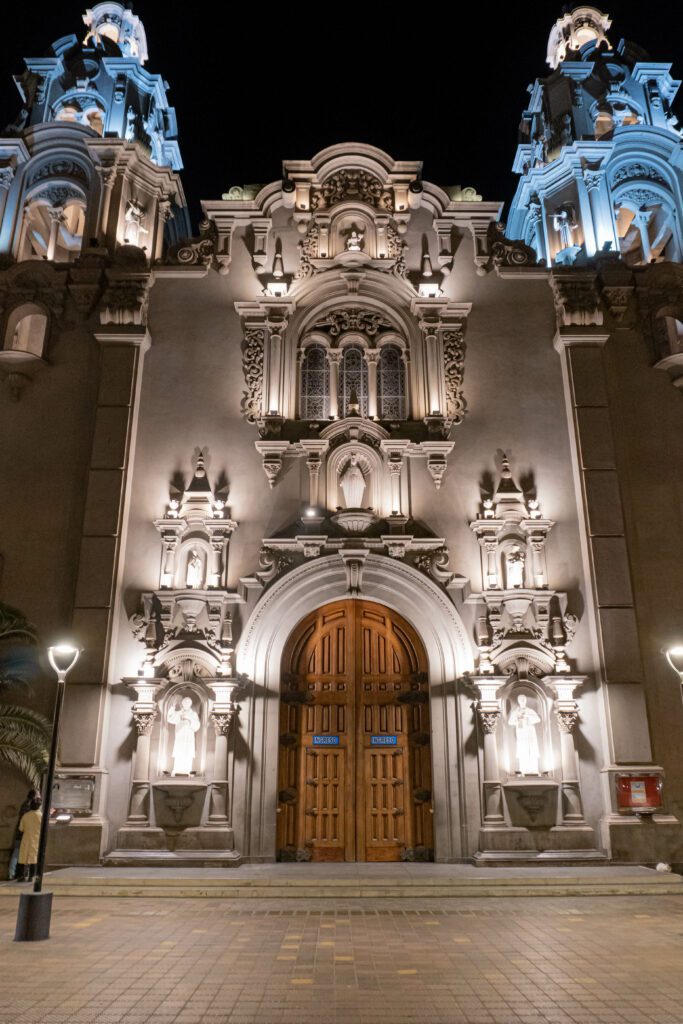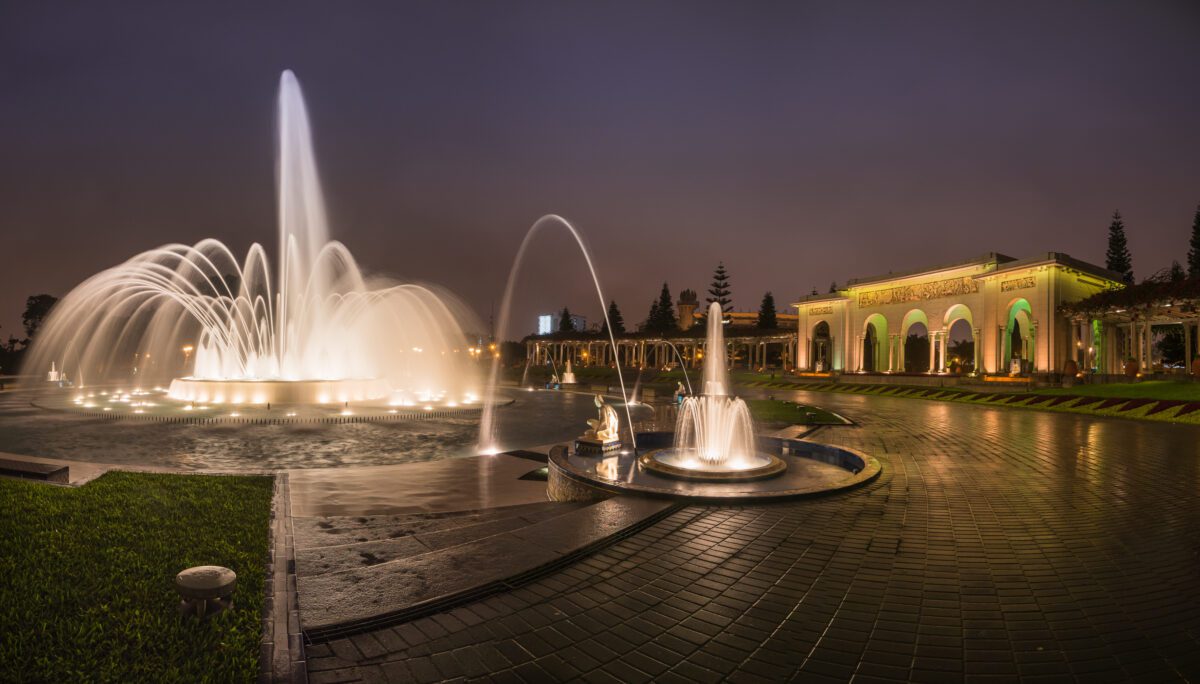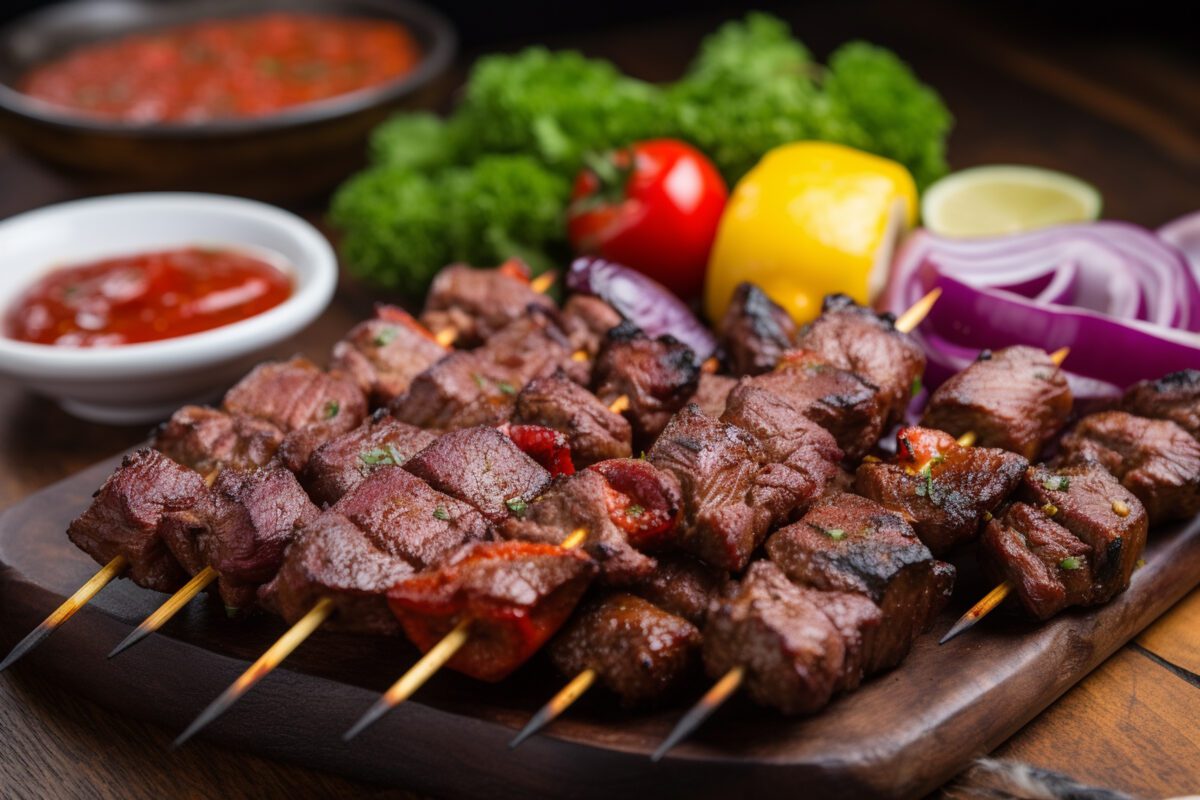It is tempting to call this story “Bean Town: Peruvian-Style” in recognition of the lima bean and the role it played in Peru’s agriculture. But the city of eleven million on Peru’s west coast wasn’t named after the moon-shaped bean, after all. It was the other way around. Invading Spaniards named the beans after the Peruvian capital – and that wasn’t until the 1500s. In truth, the lima bean is native to Peru. They’ve been grown in the country longer than corn.

So where did Lima, Peru, get its name? Well, the city is located in the valleys of the Lurin, Rimac and Chillon rivers, and legend has it the name started out as Rimac. Over the years, though, through mispronunciation by conquering conquistadors and linguistic quirks, it became Lima.
Incidentally, etymologists are not exactly sure why the bean is pronounced ly-mah and the city is lee-mah. Further complicating things are the good people of Lima, Ohio, who insist on calling their town ly-mah … even though it’s named after lee-mah.
About a third of all Peruvians live in the cliff city of Lima, hemmed by the Andes to the east and the Pacific to the west. Eastward from the coast, the city slopes gradually into pleasant valleys and then up into the foothills and elevations of five thousand feet.
Peru’s most spectacular archaeological site is undoubtedly Machu Picchu, the 15th-century Inca citadel in a stunning tropical mountain forest high in the Andes. The mortarless walls of the buildings, terraces and ramps were thought to have aided the Incas in their study of astronomy, agriculture and religion. Most are still intact.
Back in Lima, pre-Incan civilizations are still being explored at the large Huaca Pucllana Site Museum in the beach front suburb of Miraflores. An 82-foot clay and adobe brick pyramid reflects the advanced skill of early residents. Dine al fresco overlooking the ruins.
Spend some time in Miraflores while you’re there. Top notch restaurants, shops and hotels line the beach, competing for space with waterfront mansions and high-rise towers. The fascinating Museo Amano is a pre-Columbian textile museum and Iglesia Virgen Milagrosa has become the region’s largest Catholic church.
A few klicks down the coast is Barranco, a rather Bohemian neighborhood known for its street art, hipster culture, old colonial buildings, boutiques and small cafes. When the sun goes down, the district fills with music and dance, accompanied by the unofficial national spirit of Peru, pisco – a high-proof liquor made from fermented grape juice. (Best enjoyed in a pisco sour.)

As befitting the second-largest city in South America, Lima has evolved into a culinary mecca offering a fusion of indigenous, Spanish, African and Asian flavors. The nation’s signature dish is ceviche, a combo of straight-from-the-sea fish, chili peppers, sweet potato and red onion marinated in citrus and spices. Also try the anticuchos, grilled pork skewers.
Built into a cliff overlooking the ocean is Larcomar, a big shopping mall with dozens of restaurants, stores, parks and sunset viewpoints. Not too far away, an intriguing water fountain park called Parque de la Reserva serves up family-friendly hang outs plus food venues. At night, the park’s 13 captivating fountains light up in brilliant color.
For an extensive survey of Peruvian art, visit the 18th-century mansion that houses Museo Larco. The collections of silver, gold and pre-Columbian erotic pottery are excellent. Across town, historic catacombs beneath the bright yellow buildings of the Basilica and Convent of San Francisco served as a cemetery for hundreds of years. Today, besides bones, you’ll find 25,000 antique texts.
Stay at the luxurious JW Marriott in Miraflores. The seafront hotel boasts restaurants, a sushi bar, tea time buffets, beach access and is very close to Larcomar.



Background photo: Barranco District






















